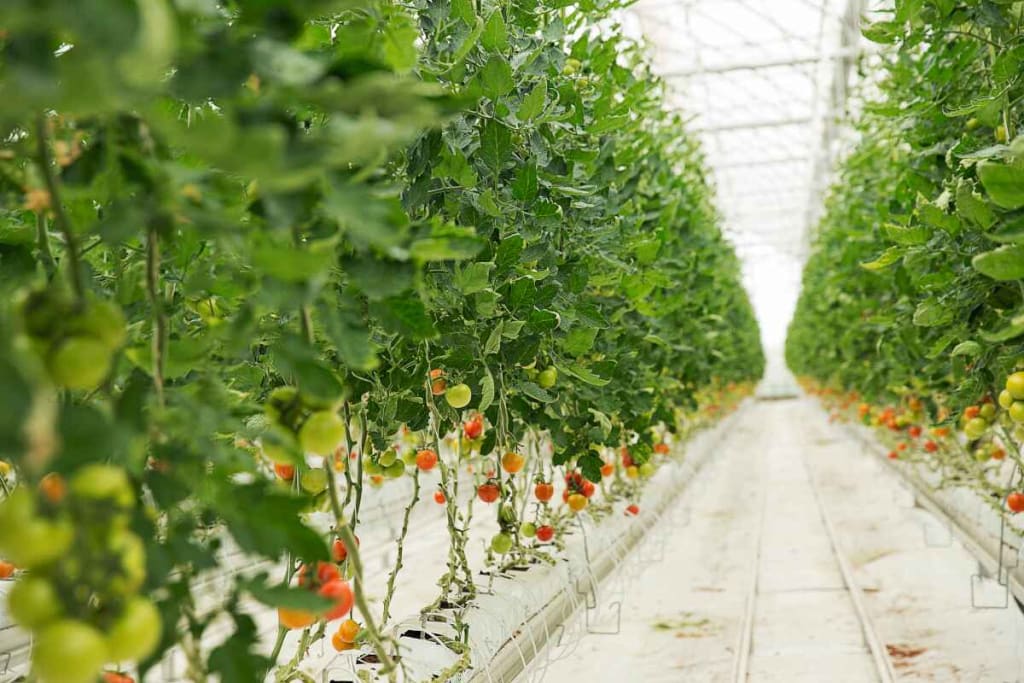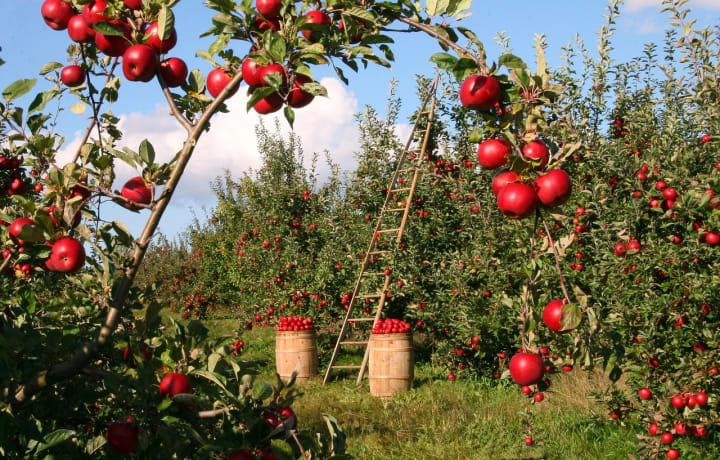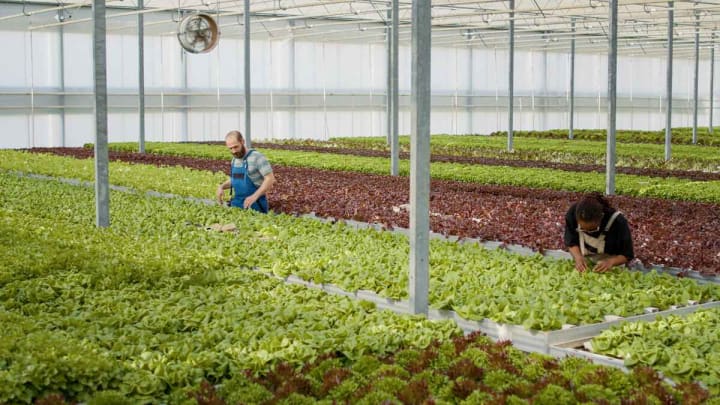7 Farming Tips for London with Weather Insights
Weather Insights of London

In the bustling cityscape of London, where skyscrapers punctuate the skyline and parks provide sanctuaries of greenery, urban agriculture is taking root. From rooftop gardens to community allotments, Londoners are embracing the idea of growing their own food in the heart of the city. However, successful farming in an urban environment requires more than just seeds and soil—it also requires an understanding of the unique weather patterns that influence crop growth and garden maintenance. Here are some essential farming tips for London, with insights into weather forecasting to help you make the most of your urban farm.
1. Monitor Microclimates:
London's diverse landscape creates microclimates—localized variations in temperature, humidity, and wind patterns—that can significantly impact plant growth. Use weather forecasting tools and apps to track microclimate data specific to your area, such as temperature variations between sun-exposed rooftops and shaded balconies. This information will help you select the most suitable crops for your microclimate and optimize growing conditions accordingly.
2. Plan Planting Dates:
London's maritime climate is characterized by mild winters and cool summers, but weather fluctuations can occur throughout the growing season. Consult long-range weather forecasts to plan your planting dates strategically, taking into account factors such as frost dates, heat waves, and periods of heavy rainfall. Early spring crops like lettuce and peas can be sown as soon as the soil can be worked, while warm-season crops like tomatoes and peppers should be planted after the risk of frost has passed.

3. Prepare for Extreme Weather Events:
While London generally experiences temperate weather, extreme weather events such as storms, heat waves, and heavy rainfall can pose challenges for urban farmers. Stay informed about weather warnings and advisories issued by the Met Office, and take proactive measures to protect your crops and infrastructure. Consider investing in sturdy trellises and supports for tall plants, securing lightweight containers during windy conditions, and providing shade and adequate hydration during heat waves.
4. Implement Season Extension Techniques:
London's relatively mild climate allows for year-round growing with the help of season extension techniques such as row covers, cold frames, and polytunnels. Monitor weather forecasts for temperature fluctuations and inclement weather that could threaten sensitive crops, and deploy season extension structures as needed to prolong the growing season and protect plants from frost and wind damage.
5. Manage Water Wisely:
Despite London's reputation for rainfall, water management is still a critical aspect of urban farming, especially during dry spells in the summer months. Incorporate weather forecasting into your irrigation schedule, adjusting watering frequency and duration based on predicted rainfall and evapotranspiration rates. Consider installing rain barrels or harvesting rooftop runoff to supplement irrigation water and reduce reliance on municipal water sources.
6. Adapt to Climate Change:
As climate change brings increased variability and unpredictability to weather patterns, urban farmers in London must adapt and innovate to mitigate its impacts. Stay informed about climate projections and trends affecting the region, and explore resilient farming practices such as drought-tolerant crops, soil conservation techniques, and agroforestry systems that harness the benefits of trees and shrubs to enhance ecosystem resilience.

7. Foster Weather Resilience:
Ultimately, successful urban farming in London requires resilience in the face of variable weather conditions. By integrating weather forecasting into your farming practices, staying adaptable, and building community networks for support and collaboration, you can navigate the challenges of urban agriculture and cultivate a thriving, resilient garden in the heart of the city.
In conclusion, weather forecasting plays a crucial role in the success of urban farming in London, helping farmers anticipate and respond to the ever-changing weather conditions that influence crop growth and garden management. By incorporating weather insights into your farming practices and embracing resilient techniques, you can cultivate a flourishing urban farm that not only provides fresh, nutritious food but also contributes to the sustainability and resilience of London's urban landscape. So, embrace the forecast, adapt to the elements, and let your urban farm thrive amidst the dynamic rhythms of the city.
About the Creator
Santosh Sahu
A web developer living in Bangalore, Karnataka, India. A fan of technology, web development, and education. Also interested in entrepreneurship and programming.






Comments
There are no comments for this story
Be the first to respond and start the conversation.